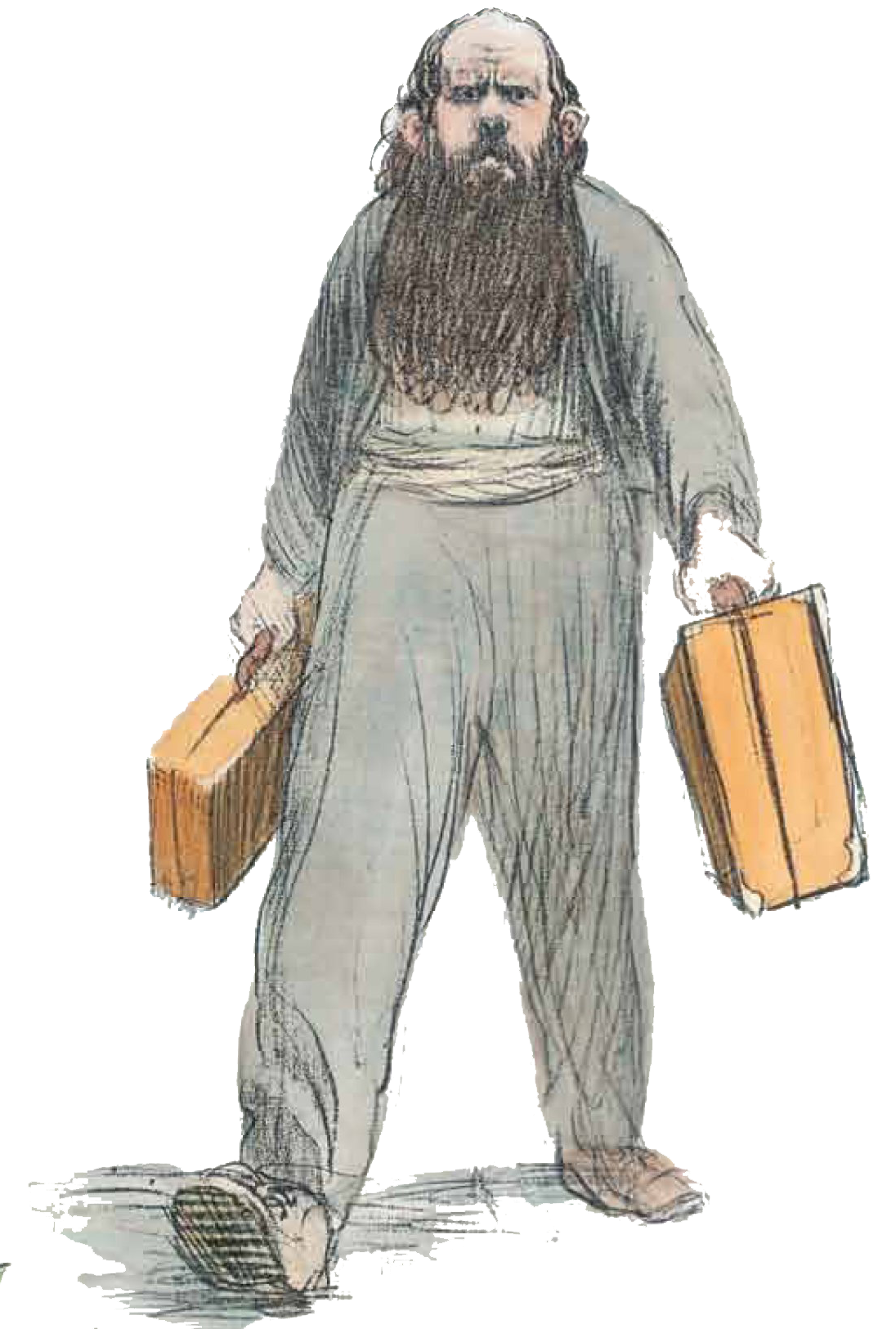The Selfish Giant
3rd Grade Language: Winter Stories
Chapter 7 (Greek Educational System)
Go to the lesson
|
|
Materials for the lessonChildren’s bags /backpacks, a paper-bag to be used as a mask. Other costume elements (if they exist) a jacket, a scarf that could be used on the head like a hat or a headscarf for women. A simple cloth for a cape or anything else that will derive from the teachers ideas and needs.Layout of the classroomEmpty Space in the middle.1st Phase – PrologueTaking into consideration that the official text-book gives three Literary texts that can be directly made into theater, we will make some “parallel” suggestions according to them within the Language Lesson.This lesson can lead us to creative thoughts and activities even writing one or more texts inspired by Oscar Wilds novel. The procedure is useful for the development of the children’s imagination and sensitivity but even more for the enjoyment of literature pieces.In literature and in Art , in general, what brings the most enjoyment is those small, unobtrusive, fleeting thoughts that we have when reading a literature piece, see a work of Art or hear a music piece (Vivaldi’s 4 seasons are a very strong example).The creative lesson in this case, escapes from the orders of the text-book (after it teaches them of course) and goes further. It points out to the children, routes that imagination can follow to create a different, new work of Art ( based on the classic but new and totally ours). |
It would be better for the children to sit in a circle. |
|
2nd PhaseThe Teacher reads first the novel of the Selfish Giant to the children pointing out themes to be discussed based on the books descriptions.We present here two examples:The book mentions:
|
What could two imaginary beings discuss together? What could be the interests of such beings, supernatural in size and apparition?
-
It cannot be the same as common people.
-
How is their voice? (Heavy, deep, deafening?)
-
Here is a chance for improvisation: Present a phrase :
-
Good morning Dragon of Cornwall. How are you today?
-
With what kind of voice will they say it?
-
What movements they will make?
-
Will the giant rise to shake hands with the Dragon?
-
Will they go bathe?
-
In the sink or at some cataracts nearby?
-
Will they make breakfast? How and what?
To continue:
-
The Conference of the Seasons and the elements of Nature:
In the middle of the circle, with the bags and back-packs the children make a castle. A drawing on a paper bag (eyes, mouth) standing on three backpacks represents the Giant in the Castle.
The Giant speaks from the book:
“My garden is my garden and keep it well in your little mind that I will not let anyone else play here but myself”.
Around the Castle gather
the Seasons: Winter, Spring, Summer and Fall and all their Attendants : rain, snow, sleet, heat, vegetation etc.
The Festivities of the Year (that will never again set foot in the Giants garden) Christmas, New Years Eve, Easter, May 1st, Summer Vacation, Sundays etc All the games that children play etc.
Dialogues develop between the children. They say that they will never set foot in this garden.
They will let the trees die.
Dialogue:
Fall: I will throw down all the leaves from the trees and let them dry.
Spring: What leaves? I will never come to make the trees green so as for the leaves to fall in Fall.
Winter: The Snow will cover the yard and will never melt, not even in the summer.
Snow: Oh yes… and did you ask me if I even want to come to this garden?
And many more.
What kind of voice has the snow and the Spring?
Maybe while talking they move around the castle?
Are they calm or angry while talking?
More causes for action are :
-
The change of the giant.
-
The collapse of the castle.
-
The return of the seasons to the garden.
A piece of Literature can give numerous causes for theater activities. And they can apply to all the lessons that are conducted in school. It is up to the Teacher to create such stimuli.


 SmartOWL
SmartOWL